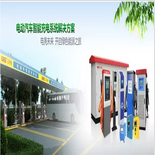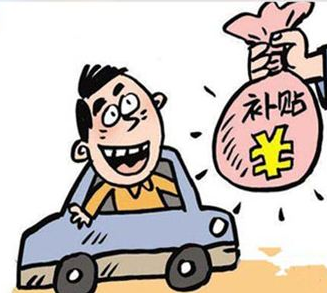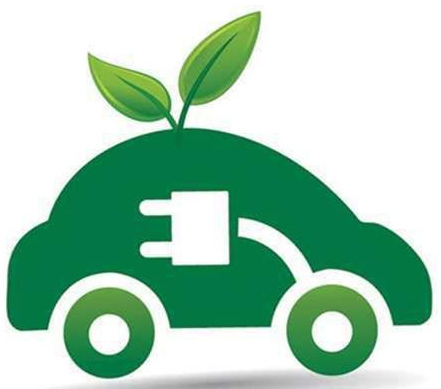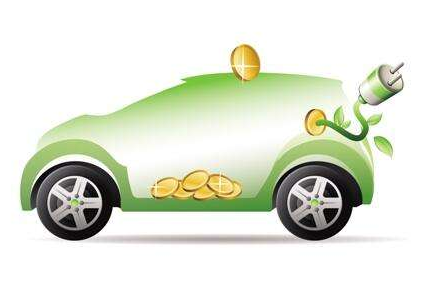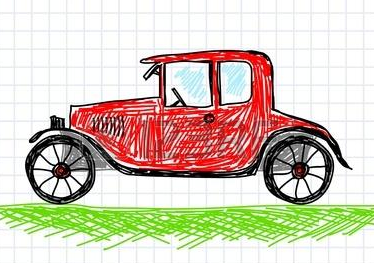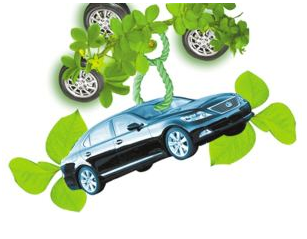The auto market has always had the “Golden September and Silver 10” belief in the peak season. However, this belief has been shaken in the golden autumn of this year
China Association of Automobile Manufacturers recently announced that passenger car sales to dealers in September fell 12% year-on-year to 2.06 million. This is the third consecutive month of decline in Chinese auto sales. The China Automobile Association said that the year-on-year sales figures in the fourth quarter will still be full of challenges.
Perhaps, the Chinese auto market is experiencing a major change that has not been seen for 30 years.
How cold is the car market this year?
The downturn in the auto market this year has been highlighted in July and August. It is only in July and August that it is the traditional off-season of the automobile market. Therefore, the market is generally pinning its hopes on the “Golden September and Silver 10” which has repeatedly staged a hot sale in history.
However, the September data disappointed everyone. From the data point of view, the year-on-year growth rate accelerated in September, but the chain still has a 15% increase. To a certain extent, it has fully reflected the peak season effect. It cannot be said that car manufacturers and dealers do not give discounts to promotions. It may be just a golden age. Will be away from us.
More likely than the sales data to explain the problem may be another key data. According to the "China Automobile Dealer Inventory Alert Index Survey" issued by China Automobile Dealers Association, the car dealer inventory warning index was 58.9% in September, up 6.7 percentage points from the previous month and up 10.2 percentage points year-on-year. The inventory warning index is on the warning line. Above.
This shows that the OEM has transferred inventory pressure to the dealer level, and the dealer's terminal sales may be more pessimistic than the public sales data. Therefore, this year, dealers listed companies sell stores to survive, many brands have 4S shop retreat.
Standing in the car factory at the top of the automobile industry chain, the situation is not good, the best example is the Ford.
In the world car brand directory, Ford is a brand with a special historical significance. They created the world's first automobile production line, making the car a real mass consumer goods, and the legend continues to this day. Even in the 2008 world financial crisis, Ford became the only auto company among the three major auto giants in the United States that did not rely on state aid to get out of the crisis.
However, this legendary car company suffered a more difficult situation than the financial crisis in 2018 - sales in China plummeted 43% in September, and is currently undergoing global layoffs to survive.
The world's auto giants have come to such a situation, it is not uncommon for Chinese automakers to winter ahead of this year.
So, is this market downturn a temporary adjustment of the market, or is it really winter? The author will focus on the analysis of this issue.
How is winter formed?
The cold winter of the automobile industry just confirms an old Chinese saying, "Frozen three feet, not a cold day." The coldness of China's auto market this year has complex internal and external reasons.

A series of policy trends since this year have also inhibited automobile consumption, including at least the following three aspects.
(1), the purchase tax preferential policy is terminated
In 2009, the state first introduced a preferential tax on automobile purchase tax. The vehicle purchase tax was levied at 5% on passenger cars with a displacement of 1.6L or less. The purchase tax reduction policy for 2011 was withdrawn for some time. Since then, the vehicle purchase tax rate has remained between 5% and 7.5%. The most recent preferential adjustment was imposed in 2017, according to the 7.5% preferential policy. From January 1, 2018, the car purchase tax will be restored to 10%.
Due to the complete withdrawal of the 1.6L and below purchase tax reduction policies at the end of 2017, the early consumption in the second half of 2017 will lead to over-expenditure sales in 2018, and at the same time form a higher base. This is also an important factor in the “Golden September and Silver 10” effect of the auto market last year. the reason. According to the data, the monthly sales volume of passenger cars of 1.6L and below will increase month by month from March, and the monthly sales volume of passenger cars of 1.6L and below will continue to be above 70% in September-December. The general month in which the policy is not implemented.
Since this year happens to be the high point of the purchase tax in the past ten years, the desire for automobile consumption of residents has been restrained. In addition, the year-on-year base corresponding to the year-end of September to the end of last year is the highest level of last year, so the year-on-year growth data of automobile sales in the fourth quarter of this year It will be very bleak.
















 RCCN WeChat QrCode
RCCN WeChat QrCode Mobile WebSite
Mobile WebSite
